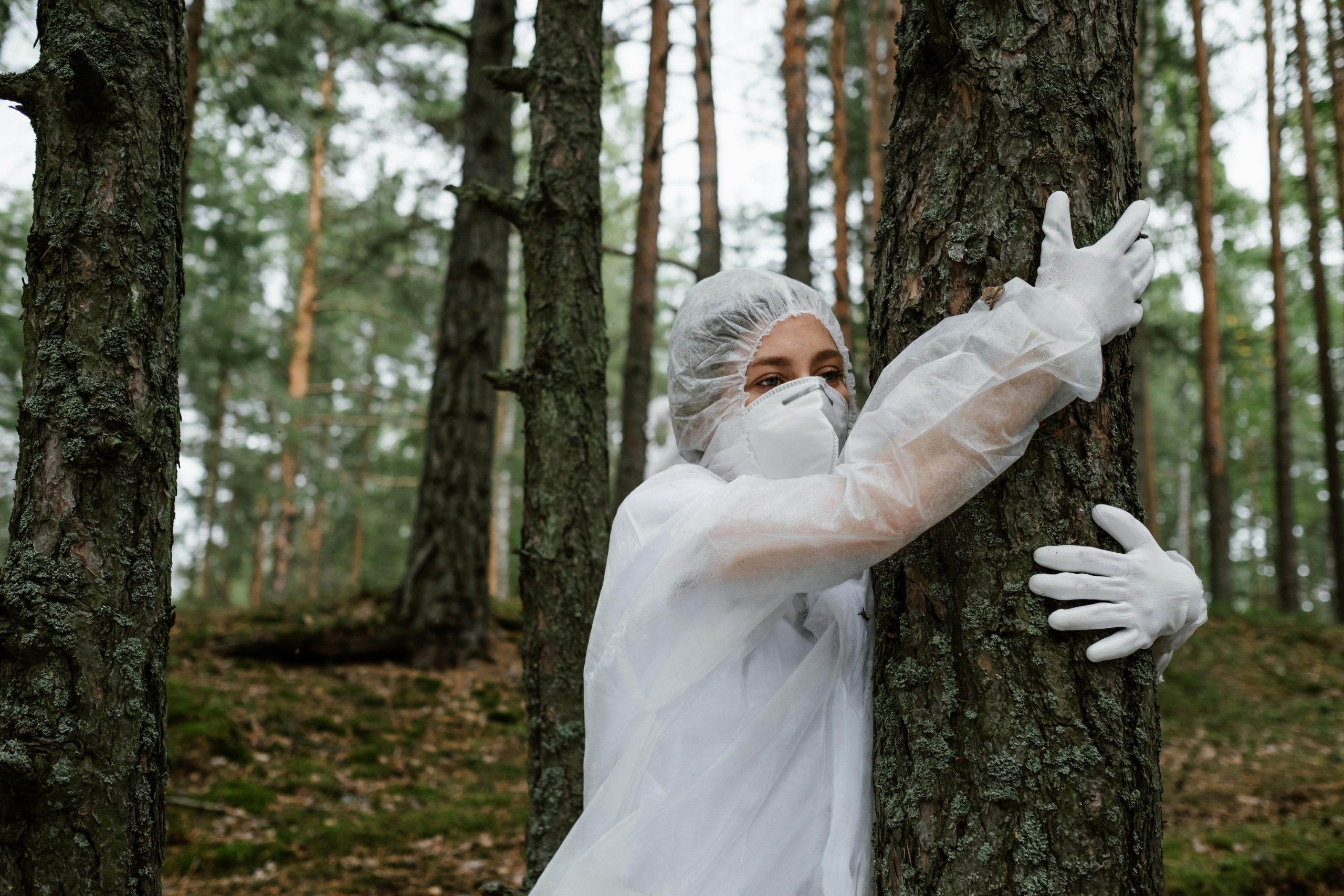Preventing Burnout: Sustainable Practices for Educator Wellbeing
As educators, we have dedicated our lives to shaping the minds of future generations. We pour our hearts and souls into our work, often neglecting our own wellbeing in the process. It’s no wonder that burnout is a prevalent issue among teachers and other education professionals. Burnout can manifest in physical, emotional, and mental exhaustion, leading to feelings of detachment, cynicism, and reduced efficacy in our jobs. But the good news is that we can prevent burnout by implementing sustainable practices that prioritize our wellbeing. In this article, we will explore some of the key steps educators can take to prevent burnout and cultivate a sustainable and fulfilling career in education.
The Importance of Preventing Burnout
Burnout is more than just feeling stressed or tired. It’s a serious condition that can have long-term effects on both our personal and professional lives. When we are burnt out, we may experience physical symptoms like headaches, digestive issues, and frequent illness. Our emotional and mental health can also suffer, leading to anxiety, depression, and other mental health disorders. In the education field, burnout can result in high turnover rates, decreased job satisfaction, and ultimately, compromised quality of education for our students.
Furthermore, the COVID-19 pandemic has taken a toll on the mental health and wellbeing of educators worldwide. The shift to remote teaching and the added pressure and stress of navigating virtual classrooms has only exacerbated burnout in the education community. It is more crucial than ever for educators to prioritize their wellbeing and implement sustainable practices to prevent burnout.
Cultivating Educator Wellbeing
1. Set Boundaries
As educators, we often feel the need to always go above and beyond for our students. While it’s admirable to be dedicated to our jobs, it’s essential to set boundaries and learn to say no when we feel overwhelmed. We cannot pour from an empty cup, and it’s okay to take breaks and prioritize our own needs. This includes setting boundaries with our work hours, managing our workload, and taking time off when needed.
2. Practice Mindfulness
Mindfulness is a powerful tool for combatting burnout. It involves being fully present in the moment and training our minds to focus on the present rather than getting caught up in worries about the past or future. As educators, we are often multitasking and juggling various responsibilities. By practicing mindfulness, we can learn to manage our thoughts and emotions, reduce stress, and boost our overall mental wellbeing.
3. Seek Support
It’s essential to recognize when we need support and reach out to our colleagues, friends, or mental health professionals when necessary. Many schools offer resources for employee mental health, and it’s crucial to take advantage of these resources when needed. Having a support system can help us cope with stress, feel understood, and prevent burnout.
4. Find Work-Life Balance
Work-life balance is critical for our overall wellbeing, and as educators, it’s easy to blur the lines between our personal and professional lives. It’s crucial to disconnect from work during our time off and prioritize self-care activities that bring us joy and recharge our batteries. Whether it’s spending time with loved ones, exercising, or pursuing a hobby, finding a healthy balance between work and personal life is key to preventing burnout.
5. Reflect on Our Purpose
As educators, we often forget why we entered this profession in the first place. Reflecting on our purpose can help reignite our passion for teaching, remind us of the impact we make on our students’ lives, and give us motivation during challenging times. We can do this by journaling, connecting with our students, or seeking out inspiring stories of success in our field.
In Conclusion
Preventing burnout is crucial for our wellbeing and the quality of education we provide for our students. As educators, we must prioritize our own needs and implement sustainable practices that promote our mental, emotional, and physical health. By setting boundaries, practicing mindfulness, seeking support, finding work-life balance, and reflecting on our purpose, we can prevent burnout and create a fulfilling and sustainable career in education.
In times of uncertainty and stress, it’s easy to put our wellbeing on the backburner. But by prioritizing our own needs and implementing sustainable practices, we can maintain our mental and physical health and continue to make a positive impact on the lives of our students. Let’s commit to preventing burnout and creating a sustainable future for ourselves and our students.










